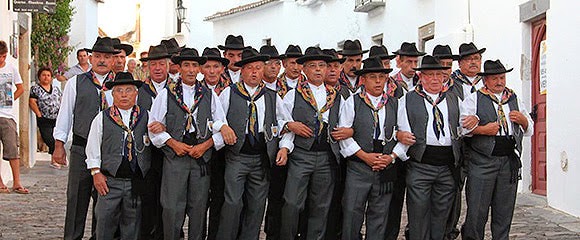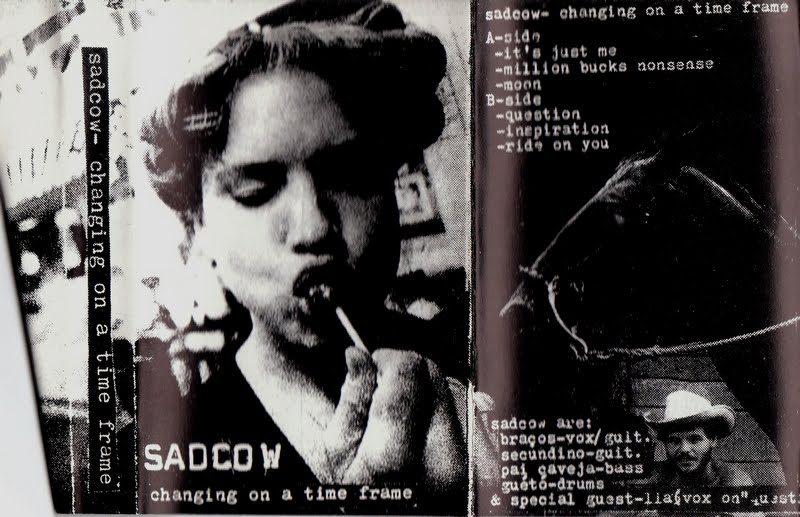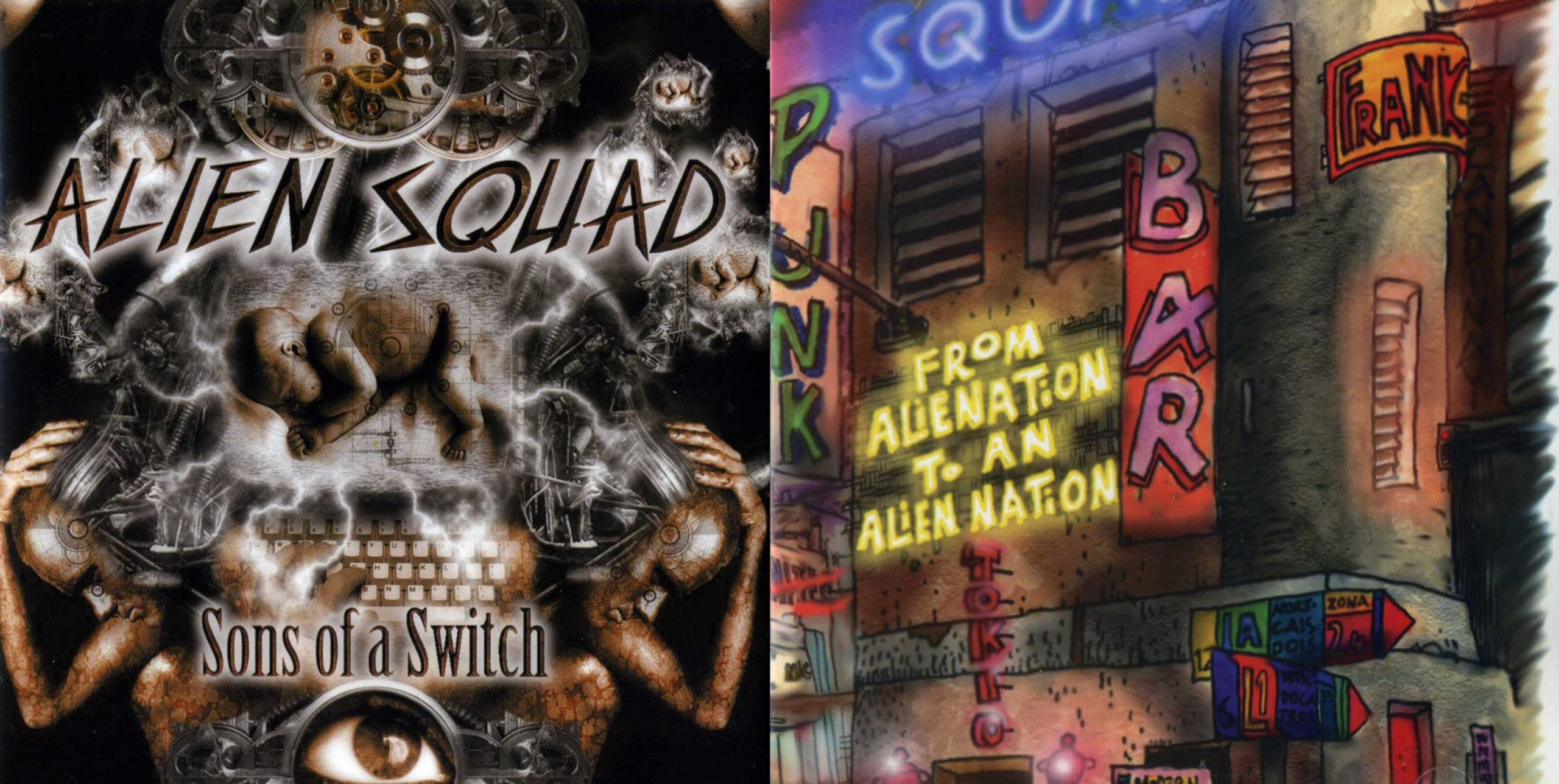Cante Alentejano is a traditional musical genre from Alentejo, Portugal. Cante was never the only expression of traditional music in Alentejo, in fact it is more typical of Baixo Alentejo than Alto. Instrumental forms of music have always coexisted with cante, adapting pieces between genres.
On November 27, 2014, during the Committee meeting in Paris, UNESCO considered the Alentejo song to be Intangible Cultural Heritage of Humanity.
It is a choral song, in which a solo point and a chorus alternate, with an alto filling the pauses and finishing the stanzas. The song invariably begins with a point giving the cue, giving way to the alto and then the choir intervening in which the point and the alto also participate.
Once the stanzas are finished, the point can begin again with a new cue, following the same set of stanzas. This cycle is repeated as many times as the participants wish. This repetitive characteristic, as well as the slow tempo and abundance of pauses contribute to the monotonous nature of the song.
History
In singing, the Greek modes are extinct in both classical and popular European music, which are restricted to the major and minor modes. This Hellenic aspect of singing may come from both Gregorian chant and Arabic culture, although certain musicologists perceive much more primitive, pre-Christian and possibly even pre-Roman aspects in the singing.
In the past, singing accompanied both sexes in farming work, although it was always more typical of men. The song was also public in men’s moments of leisure and libation, whether in silence or while traveling through the so-called streets. Public singing was still the most solemn of religious occasions. Another song existed in the domestic domain, where it was performed mainly by women and in which children would also participate.
Nowadays
After the Second World War, the progressive mechanization of farming, the generalization of radio and television, as well as the massive rural exodus caused the decline of the genre. Today, singing survives in official groups that cultivate it, but without the spontaneity of the past, limiting themselves to recapitulating in rehearsal the repertoire known from memory, often without any written or sound recording and without creative action.
Although these groups and their manifestation in parties, meetings and competitions are the guardians of tradition, in many cases they are moving away from tradition with the inclusion in the repertoire of pieces that are foreign to singing, instrumentation and adulteration of traditional pieces in a more popular sense. , with emphasis on the direct deviation from fado, in a trend towards reviving the genre that aims to make it brighter.
Now a World Heritage Site, “what matters is giving this Cante a future, to express the new dynamics of change, the improvement of living conditions, the attraction and retention of new people and the growing success of this region as a tourist territory. And also write him a story, still missing”.











